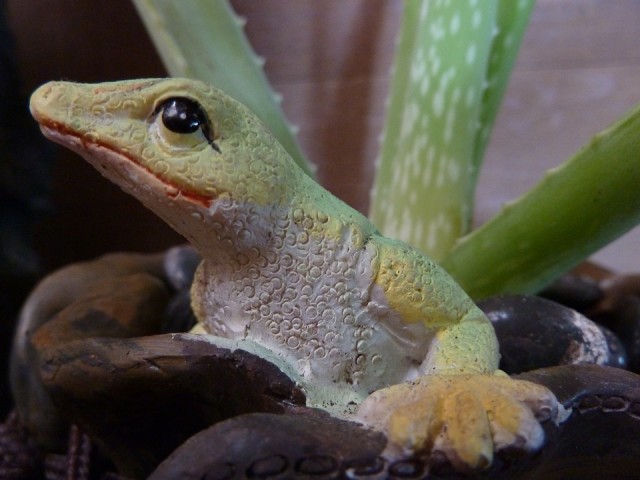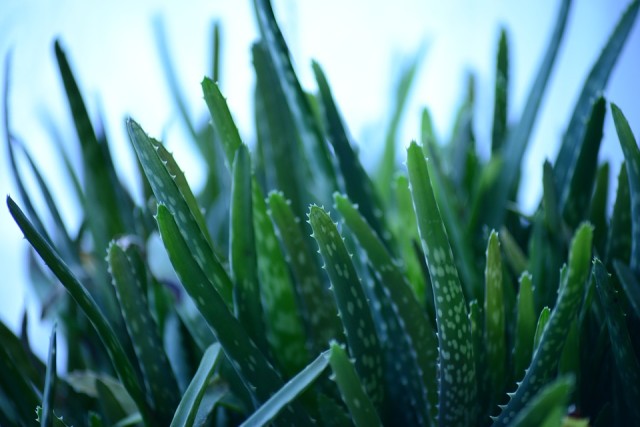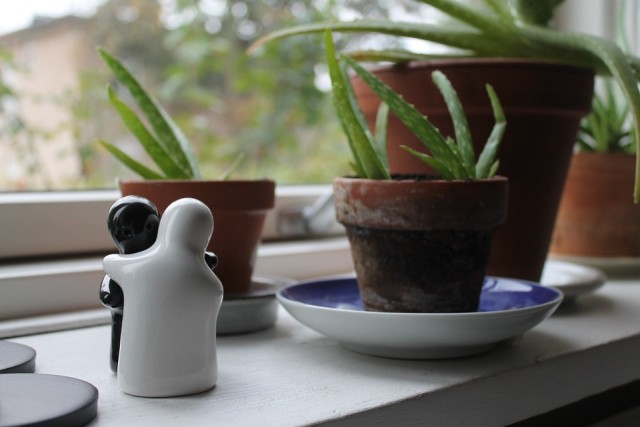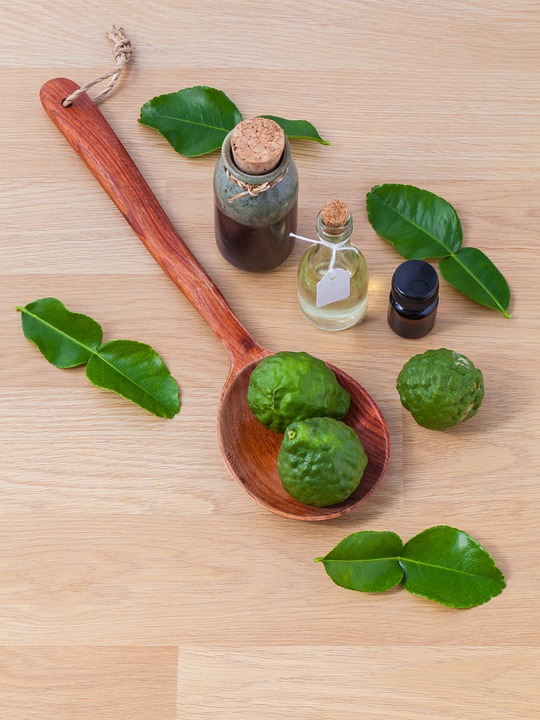A green plant, pretty common in home gardens due to its many beauty benefits. It can easily be differentiated from the rest of the plants due to its distinct appearance. Aloe Vera is famous for its healing effect and benefits, but do you know how many types of aloe vera are there? and what are the common, botanical and scientific names of Aloe Vera and its other species.
Little Introduction of Aloe Vera
Aloe vera is a succulent plant species. Succulents, or fat plants, typically have leaves that are thicker and fleshier than other plants. This is mainly genuine with aloe vera.
The name Aloe vera derives from the Arabic word “Alloeh” meaning “shining bitter substance,” while “vera” in Latin means “true.” 2000 years ago, the Greek scientists regarded Aloe vera as the universal panacea.The Egyptians called Aloe “the plant of immortality.” Today, the Aloe vera plant has been used for various purposes in dermatology, National Institutes of Health Suggests.
At the time of the 18th and 19th centuries, the plant aloe was among the list of most recommended medicines in the world, and it continues to be a precious therapeutic remedy used frequently in the medication of burned skin.
Family Name: Liliaceae

Aloe belongs to the lily family, and it is one of those plant that hail from dry regions of the planet.
This plant saves the minimal rainwater that they obtain in the form of a gel in its succulent leaves.
You’ll notice that Aloe vera plants are much thicker, or fatter, at the base and it overflows out from the centre. The top or the head of the aloe vera leaves are much skinnier than the bottom or base, but these are much thicker than the leaves of any other plant.
Another quality of succulents is their capability to keep water in often dry, or arid, conditions. Different to the most plants, succulents save their water in their wide shaped leaves to hold them through droughts.
Aloe vera was initially introduced to China and many different parts of southern Europe in the 17th century.
Nowadays, you can obtain aloe vera in a large number of health food stores and most grocery stores throughout the US.
Aloe Vera Profile Chart
[Sources= ILoveIndia Website]
Botanical Name(s): Aloe Barbadensis, Aloe Indica, Aloe Barbados, Aloe Vera
Kingdom: Plantae
Division: Magnoliophyta
Class: Liliopsida
Order: Asparagales
Family: Aloaceae
Tribe: Abreae
Genus: Aloe L.
Species: Aloe vera
Popular Name(s): Aloe, Indian Alces, Kumari, Ghirita, Gawarpaltra, Barbados Aloe, Curacao Aloe, Lu Hui
Types & Botanical or Scientific Name of Aloe

According to AloePlant, The Royal Horticultural Society Gardeners’ Encyclopedia of Plants and Flowers provides a brief explanation of the aloe, They call Aloe as a “genius of evergreen, rosetted trees, shrubs, perennials and scandent climbers with succulent foliage and tubular to bell-shaped flowers” (qtd. in Lawless & Alla, 2000).
Taking into consideration, you will find somewhere around 350 types of aloe in the Aloaceae family, all of these differ drastically in dimension and colour, the following description is appropriate for the plant.
Do you know that 132 varieties of aloe vera are usually identified in south Africa exclusively (Lawless & Allan, 2000).
Aloe Barbadensis Miller is the scientific name of aloe Vera.
But you will be surprised to know that Aloe on its own is a large family with numerous scientific names. So much so that there are almost 250 species of aloe in Botany. It is not possible for us to mention them all over here thus, You can find some of the most essential species of Aloe vera listed below:
1) Aloe Vera ( Aloe Barbadensis Miller )
Needless to say, The scientific name of aloe vera is Aloe Barbadensis Miller.
Two Types of Aloe Vera
It arrives in two important varieties. the first is the green one and the second is the blue one.
Each of the species have nearly the same therapeutic benefits and effects, however, the rise time is various.
Blue Aloe Vera takes to develop around three years and Green Aloe Vera takes to develop around four or five years. The most typical and prevalent species of aloe is Aloe Barbadensis Miller or Aloe Vera.
2) Aloe Africana
This species of aloe plant was the most demanding species of aloe when aloe vera was not discovered.
3) Aloe Socotrina/Aloe Perryi Baker
Merchants of the Arab thought that Aloe Socotrina plant was a magical plant. This Plant native to the island of Socotra, South Yemen.
4) Aloe ferox
this aloe plant is the most agreed varieties of aloe from the Far East. Japanese,
Chinese and Taiwanese actually eat plenty of aloe. They name this plant by calling the Daily Ration Health. These people consume raw or boiled aloe.
5) Aloe Maculata/Aloe Saponaria
Aloe maculata which is also known as aloe saponaria & commonly famous as the Soap Aloe or Zebra Aloe, It is a Southern African species of aloe.
6) Aloe Arborescens
This variety of aloe is the last in the list, Aloe Arborescens is a wild variety of aloe that develops in desert parts of Russia. Aloe Arborescens is still under the Russian Researchers’ attention.
Beneficial Effects of Aloe Vera

Scientific proofs for the cosmetic or therapeutic efficiency of aloe vera is minimal and usually unclear. Regardless of this, the cosmetic and substitute medicine industries often promise about the moisturizing, soothing, and healing properties of aloe vera.
I have mentioned in my previous article that aloe vera is beneficial in:
- Detoxification
- Good for Skin
- Good source of Nutrients
- Improves immune system
- Aids in weight loss and improves energy amounts
- Good for dental health
- Lowers blood pressure & stabilizes heart health
You can read it in detail, Aloe Vera Benefits, and Side Effects
The Secret of its Medicinal Superpowers
Aloe vera’s wonderful capability to perform numerous-task in the health community and its ability to address a broad variety of health problems. It actually seems too much for this type of a small plant, but it all boils down to the nutrients it possesses which are almost 200 and actually a tad bit more of them.
The long list of vitamins, minerals, fatty acids, and amino acids that aloe vera contains are-vitamins A, C, E, folic acid, calcium, chromium, zinc, magnesium, sodium, potassium, iron, copper, CL cholesterol (which lowers fats in the blood), antioxidants, etc.-gives insight into why it is as powerful as it is, Aloe plant Suggests.
Aloe Vera As Healing Cream In the Biblical Days

Long time ago humans identified that the jelly-like material of the aloe leaf could possibly be applied to cure the skin (to heal it really fast) because of its healing effect.
No matter whether through abrasion or the sun, aloe gel used frequently behaved as a therapeutic or healing cream. This was legitimate in the biblical day and Its genuine today.
In this article I have mentioned about the different varieties or types of aloe vera and their common, botanical and scientific names along with a few benefits of this wondrous succulent plant.
But there might be more to the plant than what is written here and so you can also tell us anything about aloe vera through comments, especially the facts that we missed out on. We will really appreciate it.